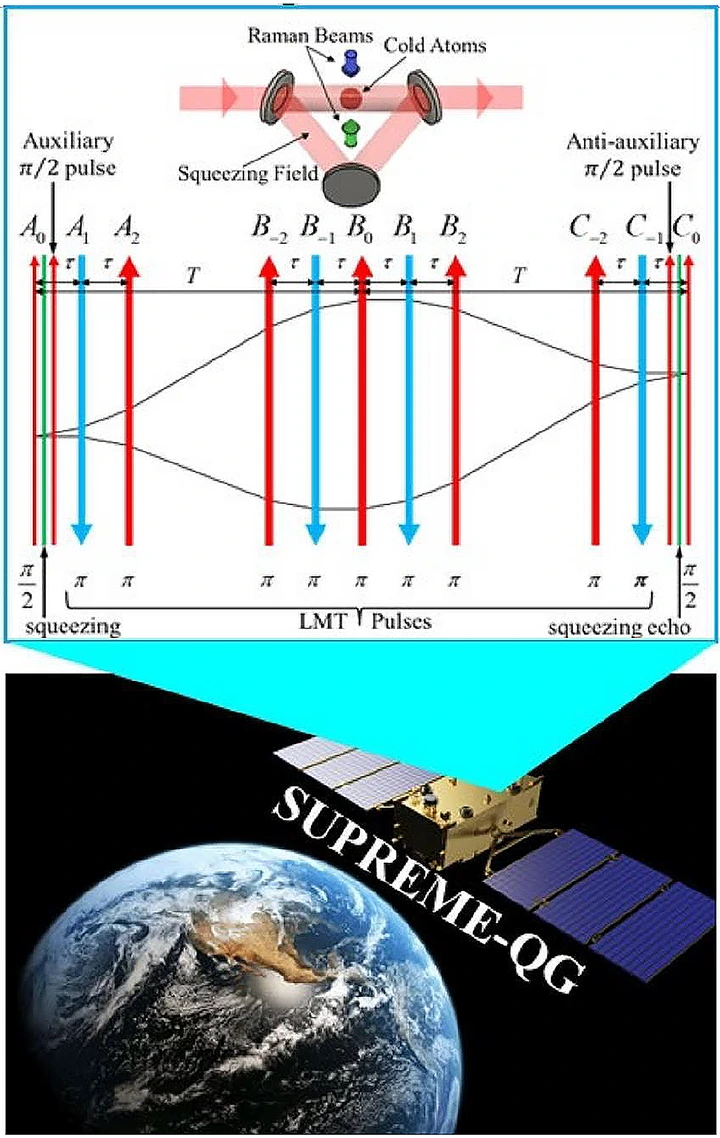SUPREME-QG: Space-Based Ultra-Precise Assessment of the Equivalence Principle Indicators in Quantum Gravity
How the US-Indian NISAR Satellite Will Provide a Unique Perspective on Our Planet
NASA's LEXI is set to offer an X-ray perspective of Earth's magnetosphere.
NASA's Parker Solar Probe Achieves Historic Milestone with Closest Approach to the Sun
4分钟阅读
SUPREME-QG: Space-Based Ultra-Precise Measurement of Quantum Gravity's Equivalence Principle Signature

View pictures in App save up to 80% data.
Selim Shahriar
Northwestern University, located in Evanston.
Progress in physics has largely been driven by the development and verification of new theories that unify different fundamental forces of nature. For example, Maxwell revolutionized physics with his unified theory of electricity and magnetism, and the Standard Model of particle physics provides a consistent description of all fundamental forces (electromagnetic, strong, and weak) except for gravity. The major barrier to completing the quest for unification is that General Relativity (GR), the current theory of gravity, cannot be reconciled with QM. Theories of Quantum Gravity (TQG), which are yet untested, prescribe modifications of both GR and QM in a manner that makes them consistent with each other. Tests of TQG represent arguably the greatest challenge facing our understanding of the Universe. The most promising way to test TQG is to search for violation of the Equivalence Principle (EP), a fundamental tenet of GR which states that all objects experience the same acceleration in a gravitational field. Violation of EP is characterized by a nonzero Eotvos parameter, Eta, defined as the ratio of the relative acceleration to the mean acceleration experienced by two objects with different